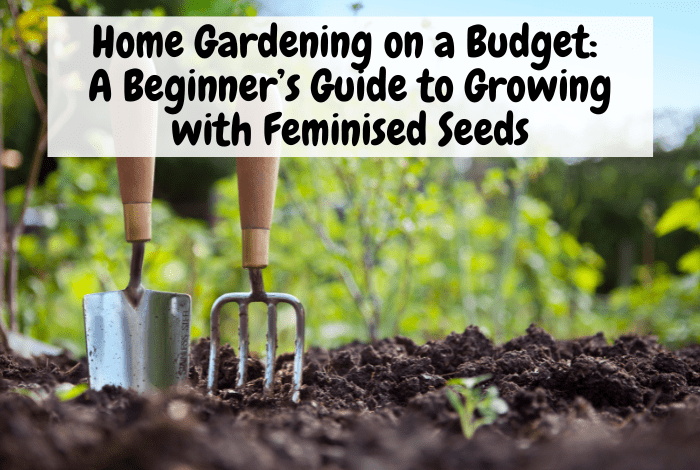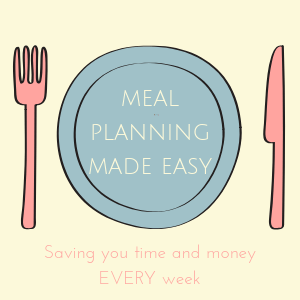What Are Feminised Seeds?
Feminised seeds are specifically bred to produce only female plants, which is particularly beneficial for growers looking to optimise space and resources. Unlike regular seeds, which have a 50/50 chance of producing male or female plants, feminised seeds virtually eliminate the chance of growing male plants, which do not produce fruit or flowers. This is particularly advantageous for beginners because it reduces the uncertainty and labour involved in removing male plants from the garden.
For vegetable and herb gardening, feminised seeds can ensure that each plant in your garden will be productive, reducing the overall cost and time spent on cultivation. This efficiency can lead to greater savings and more fruitful harvests, making feminised seeds a perfect choice for family gardens.
Why Use Feminised Seeds in Your Home Garden?
Using feminised seeds offers several benefits, particularly for budget-conscious families looking to get the most out of their gardening efforts:
Maximised Yield: Feminised seeds guarantee that every plant you grow will produce fruits, flowers, or herbs, maximising your garden’s output.
Less Waste: With feminised seeds, there’s no need to discard male plants, which are non-productive and take up valuable space and resources.
Simplified Gardening: Feminised seeds simplify the gardening process, making it easier for beginners to manage their garden without needing to identify and remove male plants.
These benefits not only save you money in the long run but also make the gardening experience more enjoyable and accessible, especially if you’re just starting out.
Choosing the Right Feminised Seeds for Your Garden
When selecting feminised seeds for your garden, consider the types of plants that best suit your family’s needs and preferences. Popular options include tomatoes, peppers, cucumbers, and various herbs like basil and cilantro. Each of these can be grown from feminised seeds, ensuring you get a good return on your investment.
Things to Keep in Mind When Choosing Feminised Seeds:
Climate Compatibility: Choose seeds that are suited to your region’s climate. Some plants thrive in cooler weather, while others require a warmer climate.
Space Requirements: Consider the amount of space available in your garden. Some plants, like tomatoes, require larger areas, while herbs can be grown in smaller containers.
Growing Conditions: Check the light, water, and soil requirements for each type of seed to ensure they match the conditions in your garden.
Starting Your Home Garden with Feminised Seeds
Starting a home garden doesn’t have to be expensive. By following a few simple steps, you can create a thriving garden that provides your family with fresh produce year-round. Here’s a step-by-step guide to getting started:
Plan Your Garden Layout
Start by planning your garden layout. Decide which plants you want to grow and where they will be placed. Consider using vertical gardening techniques or containers to maximise space in small areas. Make a list of the feminised seeds you want to purchase and estimate how many you’ll need based on the available space.
Prepare the Soil
Healthy soil is the foundation of any successful garden. If you’re gardening on a budget, consider composting kitchen scraps to create your own organic fertiliser. This not only reduces costs but also enriches the soil with essential nutrients.
Sow Your Feminised Seeds
Sow the feminised seeds according to the instructions provided on the seed packet. Make sure to plant them at the correct depth and spacing to allow for proper growth. If you’re growing multiple types of plants, label each area so you can easily identify themas they grow.
Water and Light
Proper watering and lighting are crucial for the success of your garden. Most feminised seeds require consistent moisture and plenty of sunlight. Use a watering can or hose with a gentle spray to avoid disturbing the soil.
Pest Control on a Budget
Pests can be a major issue for any garden, but you don’t need expensive chemicals to keep them at bay. Natural solutions like neem oil, garlic spray, and companion planting can help deter pests and protect your plants.
Harvesting and Storage
As your plants begin to produce, make sure to harvest them at the right time for the best flavour and nutritional value. Proper storage, such as freezing, drying, or canning, will allow you to enjoy your harvest long after the growing season is over.
Budget-Friendly Gardening Tips for Using Feminised Seeds
Starting a garden doesn’t have to break the bank. Here are some additional tips to keep costs low while using feminised seeds:
Buy Seeds in Bulk: Purchasing feminised seeds https://2fast4buds.com/feminized-seeds in bulk can reduce the overall cost. Consider splitting the cost with friends or neighbours who are also interested in gardening.
Reuse and Recycle Containers: Instead of buying new pots, use old containers, buckets, or even egg cartons to start your seeds indoors. This cuts down on initial costs and gives new life to old items.
Save Seeds for Future Planting: If you have a successful harvest, consider saving seeds from your plants for next year’s garden. This can help reduce the need to buy new seeds each season.
Use DIY Fertilisers: Make your own fertilisers using items like coffee grounds, eggshells, and banana peels. These materials are rich in nutrients and can be used to nourish your plants without spending extra money.
Grow Smart and Save More
Home gardening is a fulfilling way to save money, eat healthier, and spend quality time with family. Feminised seeds can simplify the gardening process, offering higher yields and fewer complications for beginners. By planning carefully, choosing the right seeds, and following cost-saving techniques, you can create a thriving garden on a budget. Whether you have a small backyard or just a few pots on a balcony, feminised seeds can help you get the most out of your gardening experience while staying frugal.
Happy gardening!
Don’t miss out on future posts like this – receive updates directly to your inbox by email by adding your email address here and hitting subscribe. You can also follow me on Twitter or BlogLovin and I’d love to see you over on my Facebook page and on Instagram. If you’re interested, you can find out more about me here and while I’ve got your attention, if you’re wondering why some of my posts lately are a little bit less frugal then have a read of this post. 





 Logging you in...
Logging you in... Loading IntenseDebate Comments...
Loading IntenseDebate Comments...

sprunki · 23 weeks ago